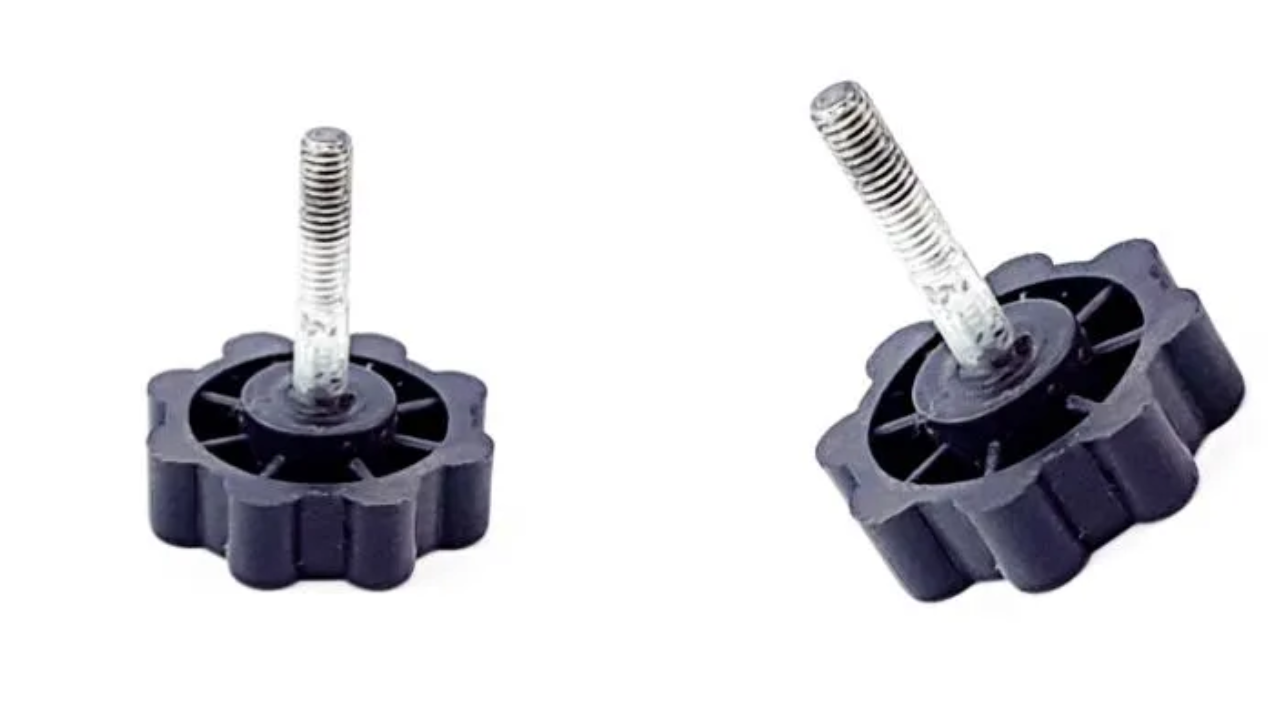Kemal is a one-stop shop with robust production skills and high-caliber manufacturing procedures. Kemal is a one-stop shop for all manufacturing needs, from design prototyping to production and final assembly. The process of manufacturing metal parts with die-casting technology is known as die-casting parts production.
Die-cast components deliver consistent quality in big quantities and are comparatively less expensive. Processes that are partially or entirely automated result in lower labor expenses. Casting intricate designs and complicated shapes is simple, and part sizes range from 25g to 25 kg. The process’s high pressure makes it possible to create parts with walls as thin as 0.38 mm.
Inside the world of metalworking die casting stands as a pivotal production technique, supplying a variety of blessings that make it vital throughout numerous industries. Die casting is a metallic casting method that entails forcing molten steel under excessive pressure into a mildew hollow space. The mold, regularly manufactured from metal is cautiously designed to create the preferred form of the very last product. Visit this official page to get details about key facts of die casting.
Applications across Industries
Die casting is widely used inside the automobile area to provide engine components, transmission elements, and structural elements. Its capability to create lightweight yet sturdy components contributes to gas efficiency and standard vehicle performance.
In electronics die casting produces housings, warmness sinks, and connectors. The procedure is also commonplace within the manufacturing of customer goods such as cameras smartphones, and kitchen home equipment, where difficult designs and precise dimensions are crucial.
Additives in aerospace programs, as well as industrial systems like pumps valves, and hydraulic parts, are often manufactured through die casting. The reliability and consistency of die-forged components lead them to be vital in these worrying environments.
Key Components of Die Casting
As soon as the steel cools and solidifies, the mold is opened, and the completed element is ejected. This method ensures high precision and repeatability, making it perfect for mass manufacturing complicated additives. Here are some key points of die casting;
Precision Engineering
Die casting gives fantastic precision, taking into consideration the production of complex shapes and thin-walled sections with tight tolerances. This precision is important in industries wherein the capability and protection of additives depend on their accurate dimensions.
High Efficiency
Die casting is understood for its high manufacturing efficiency. Once the molds are created, the system lets in for the speedy production of huge quantities of equal components. The fast cycle times make it a cost-effective desire for mass manufacturing.
Versatility in Material Selection
Die casting can be achieved with a spread of metals and alloys, which include aluminum, zinc, magnesium, and copper-primarily based alloys. This versatility in fabric choice enables producers to choose the most suitable steel for particular programs, considering elements like power, weight, and heat resistance.
Complex Geometries
Die casting can produce components with complex shapes and skinny walls which might be tough or impossible to achieve through other production methods. This capability opens doors for modern designs and lightweight, excessive-performance elements.
Surface Finish and Coatings
Die-cast parts frequently require minimal post-processing. The molds may be designed to provide extraordinary floor finishes, reducing the need for extra finishing steps. Furthermore, die-cast components can be covered or plated for more suitable corrosion resistance and aesthetics.
Sum Up
Die casting performs an essential function in cutting-edge manufacturing, imparting unrivaled precision, efficiency, and flexibility. Its ability to convert molten metallic into tricky additives with minimal waste showcases its significance across a multitude of industries. As the era keeps strengthening, die-casting strategies are poised to grow to be even greater state-of-the-art, ensuring that it remains a cornerstone of revolutionary and green production tactics.
